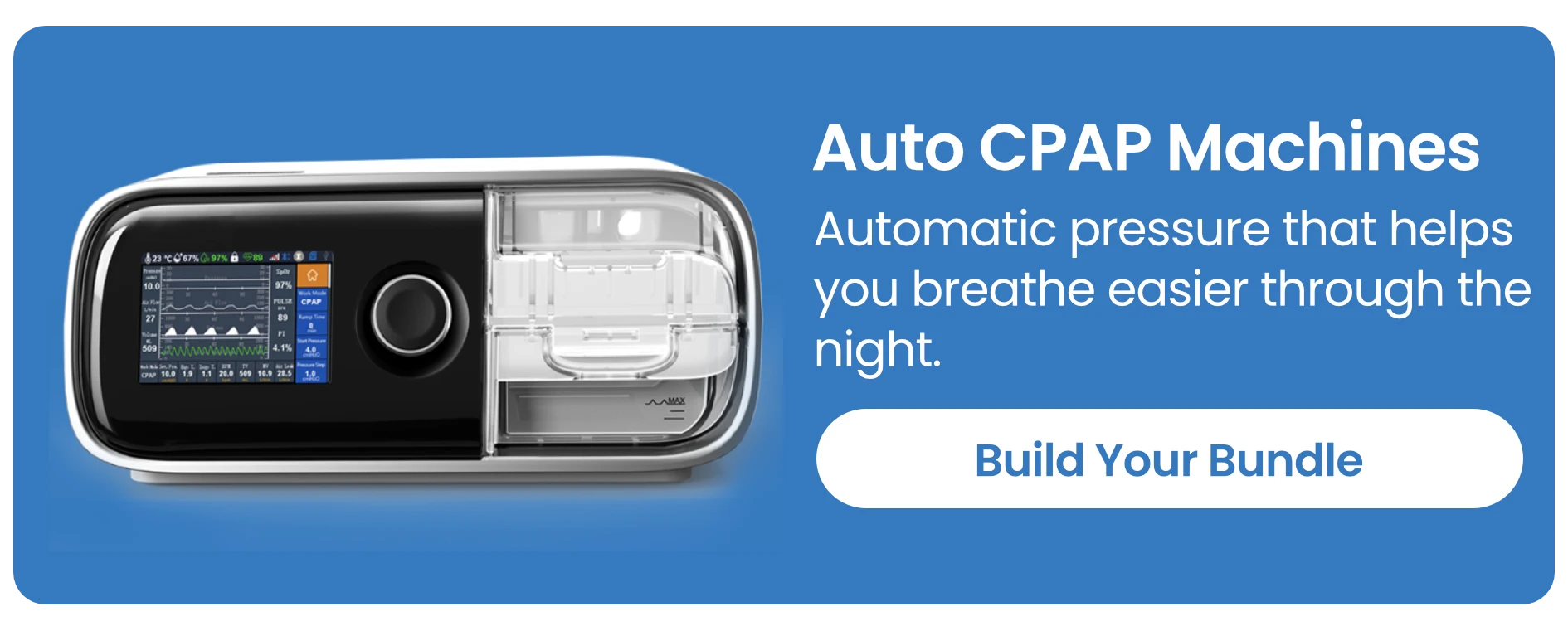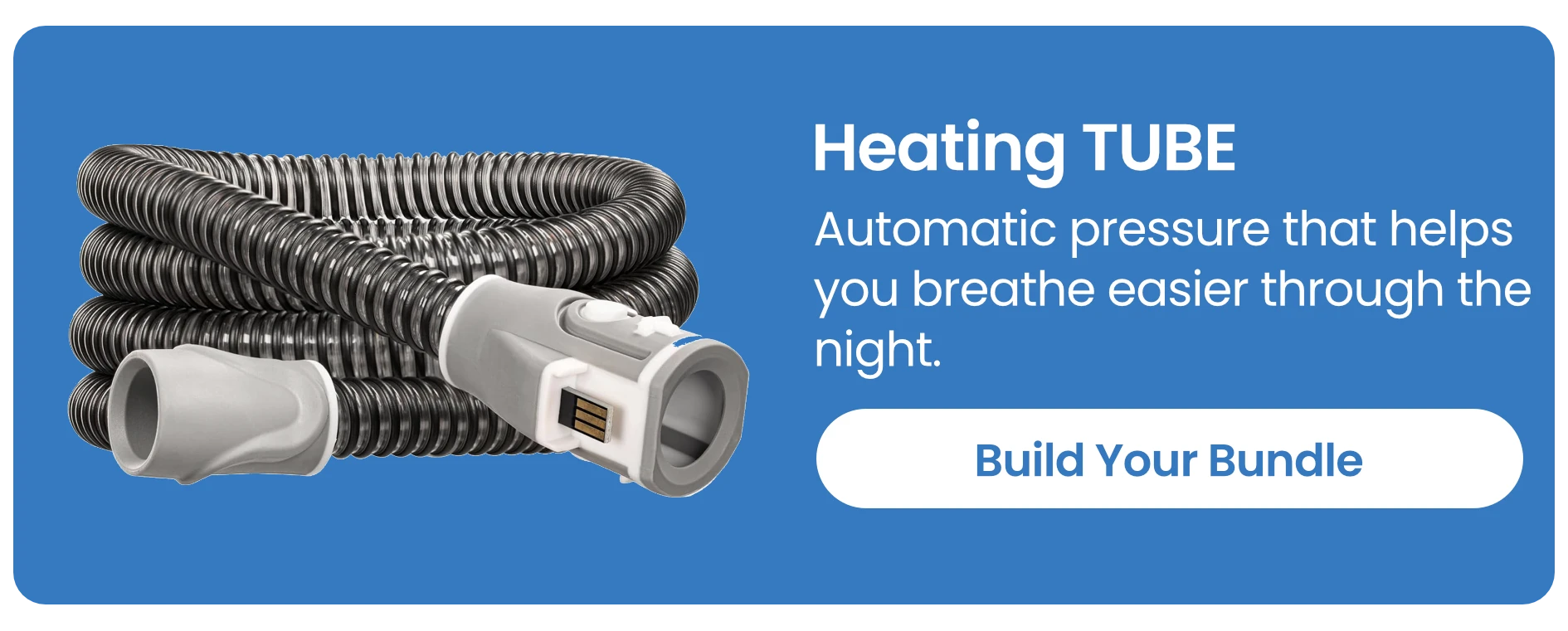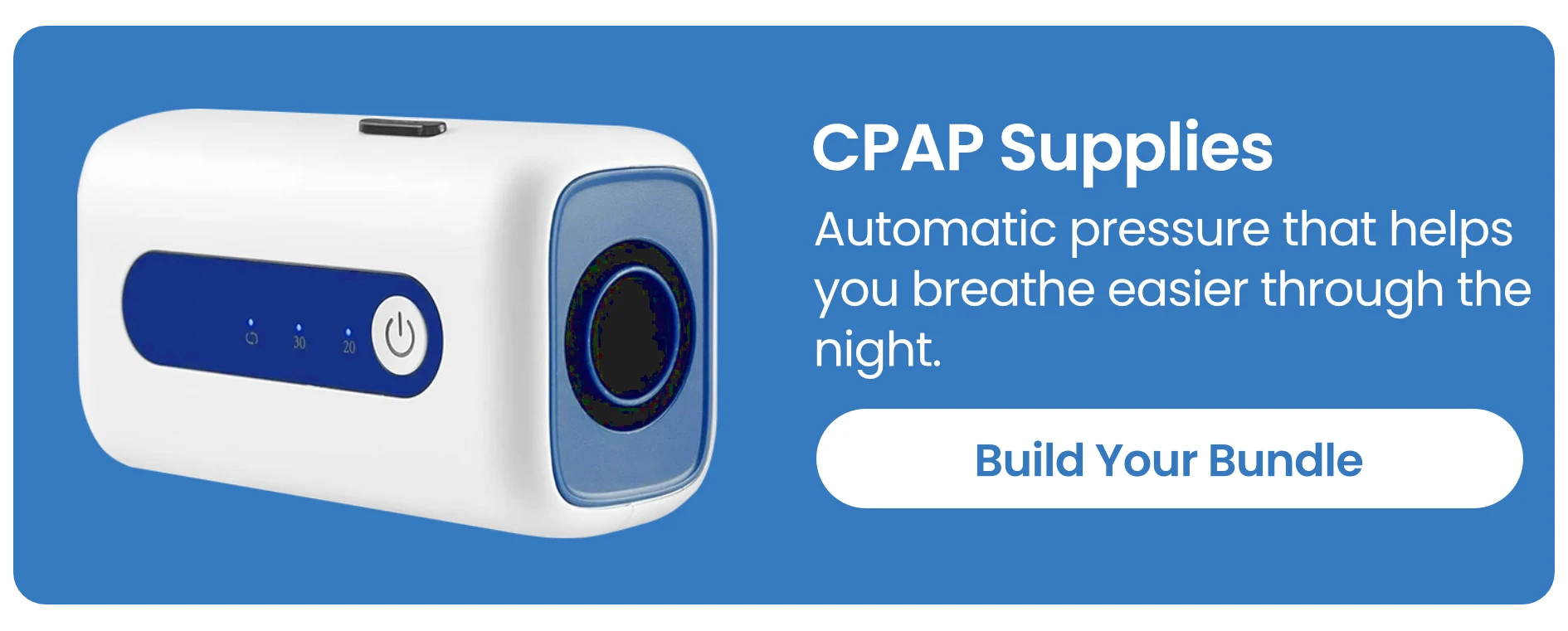Will CPAP Stop Snoring? The Beginner’s Guide to Quieter Sleep
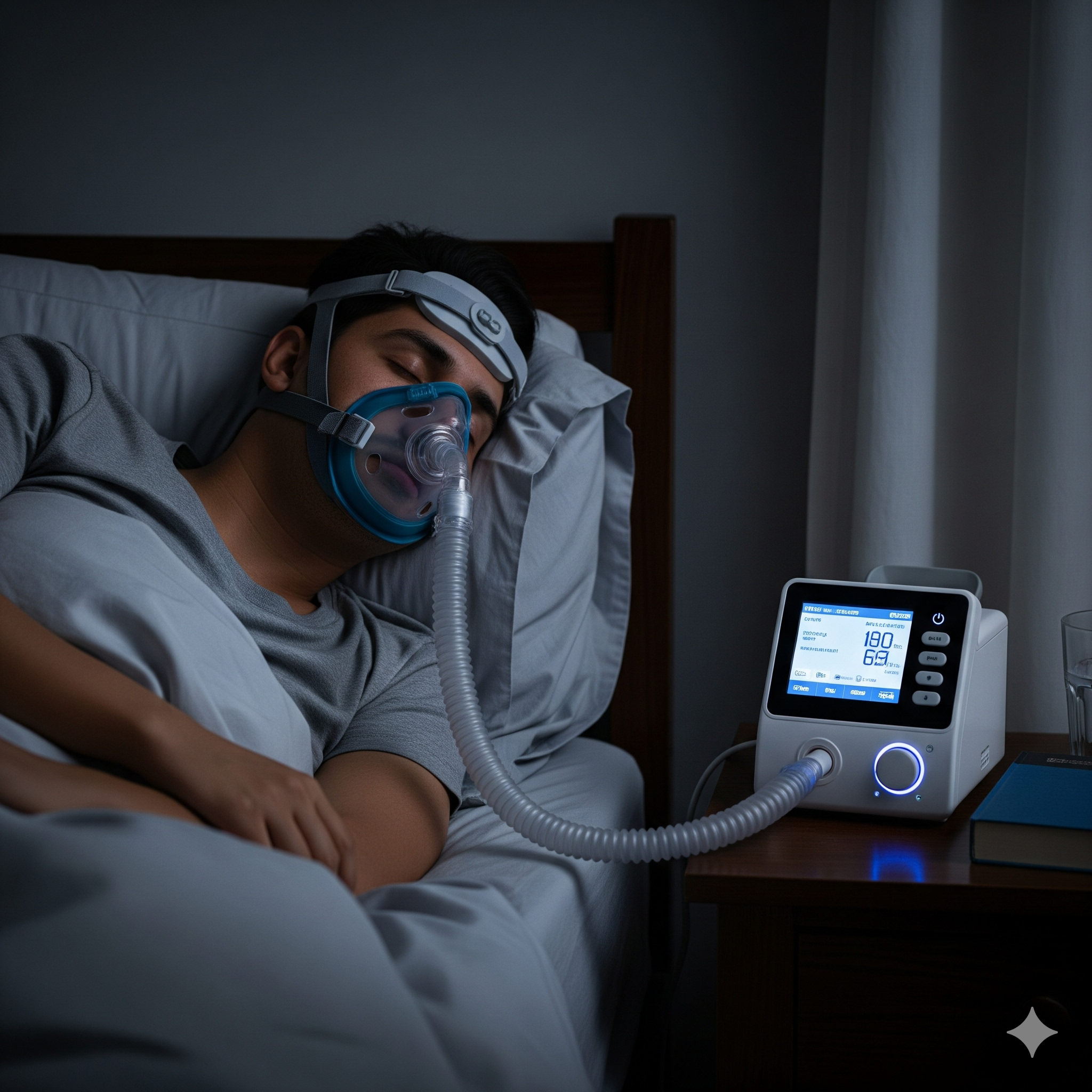
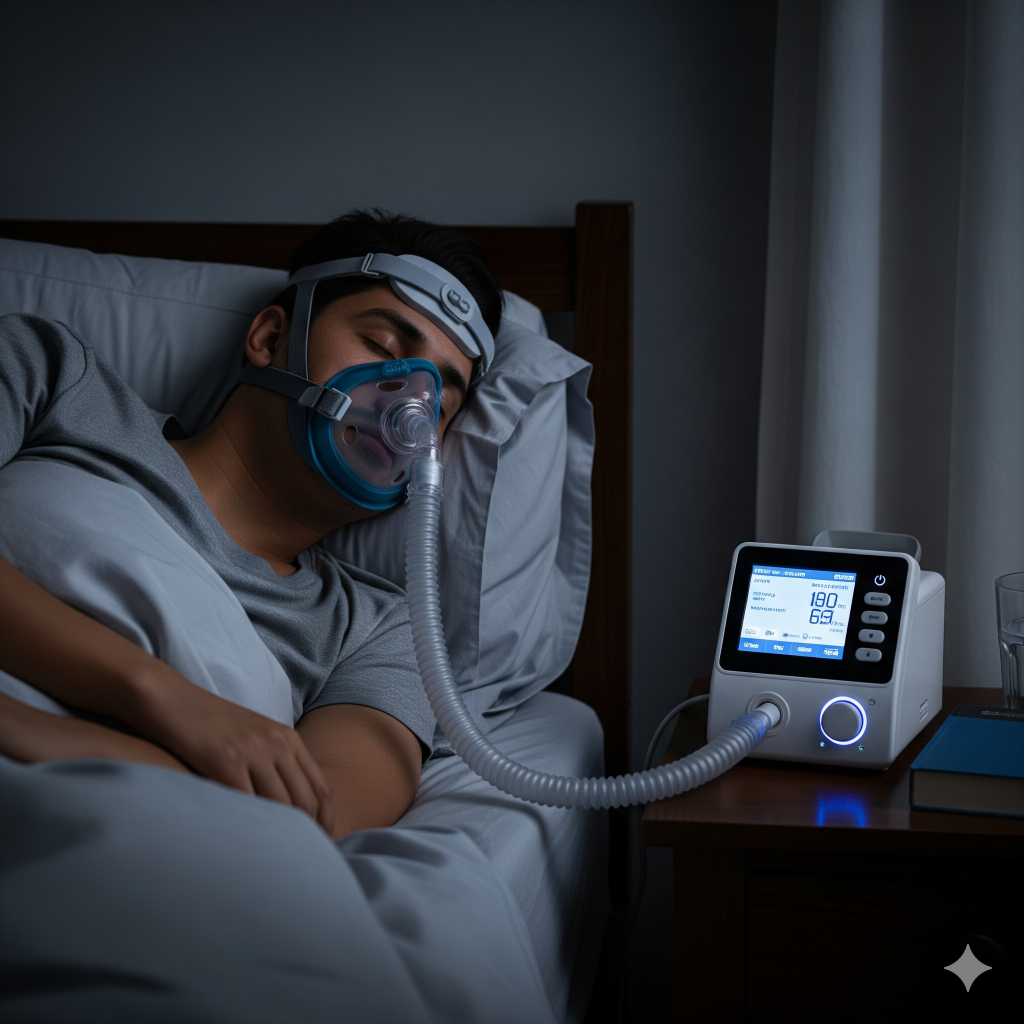
Introduction
Snoring can disrupt your sleep, your partner’s sleep, and even your overall health. For many, snoring is more than just a nightly nuisance—it’s a sign of a serious condition like obstructive sleep apnea (OSA). Continuous Positive Airway Pressure (CPAP) therapy is a widely recognized treatment for OSA and is often hailed as a solution to stop snoring. But does it really work? This beginner’s guide explores whether CPAP can stop snoring, how it works, its effectiveness, challenges, and practical tips for first-time users. Whether you’re new to CPAP or curious about its benefits, this article will help you understand how to achieve quieter, healthier sleep.
What Is Snoring & When Is It a Concern?
Snoring occurs when air flows through a partially blocked airway, causing the soft tissues in the throat to vibrate. While occasional snoring is common—often triggered by allergies, colds, or alcohol consumption—persistent snoring may signal a more serious issue, such as obstructive sleep apnea (OSA). According to Wikipedia, snoring affects approximately 44% of men and 28% of women aged 30–60, with OSA being a leading cause in severe cases.
OSA-related snoring is concerning because it involves repeated pauses in breathing during sleep, reducing oxygen levels and straining the body. The Guardian highlights that untreated OSA can lead to serious health risks, including:
- High blood pressure: The strain from interrupted breathing increases cardiovascular stress.
- Heart disease: Reduced oxygen levels over time heighten the risk of heart attack or stroke.
- Daytime fatigue: Poor sleep quality leads to drowsiness, impacting work and daily life.
- Mood disorders: Chronic sleep disruption is linked to irritability, anxiety, and depression.
If your snoring is loud, frequent, or accompanied by gasping or choking sounds, it’s time to consult a doctor for a sleep evaluation.
How CPAP Works to Stop Snoring
CPAP, or Continuous Positive Airway Pressure, is a medical device that delivers a steady stream of air through a mask to keep your airway open during sleep. As explained by Wikipedia and Vitale ENT, CPAP works by:
- Pressurized Air Delivery: A CPAP machine uses a motor to generate a continuous flow of air, which is delivered through a mask worn over the nose, mouth, or both.
- Airway Support: The pressurized air acts as a splint, preventing the soft tissues in the throat from collapsing and blocking the airway.
- Improved Breathing: By maintaining an open airway, CPAP eliminates the breathing pauses associated with OSA, which often cause snoring.
The Sleep Foundation, Mayo Clinic, and Cleveland Clinic emphasize that when the airway remains open, the vibrations responsible for snoring are significantly reduced or eliminated. For most OSA patients, CPAP effectively stops snoring, leading to quieter and more restful sleep.
Effectiveness of CPAP for First-Time Users
CPAP is considered the gold standard for treating OSA, and its ability to stop snoring is well-documented. According to Yale Medicine, Sleep Foundation, GQ, Cleveland Clinic, and Wikipedia, CPAP is highly effective when used consistently and correctly. Studies show that 80–90% of OSA patients experience significant reductions in snoring and sleep apnea symptoms with proper CPAP use.
The benefits of CPAP extend beyond quieter nights. Research from Johns Hopkins Medicine and Health highlights:
- Improved Daytime Alertness: Better sleep quality reduces fatigue and boosts focus.
- Lowered Blood Pressure: Consistent CPAP use can reduce hypertension, a common OSA complication.
- Reduced Cardiovascular Risks: By improving oxygen levels, CPAP lowers the risk of heart disease and stroke.
- Enhanced Mood and Quality of Life: Restful sleep improves emotional well-being and productivity.
For first-time users, success depends on proper setup, mask fit, and adherence to therapy. While results can be immediate for some, others may need weeks to adjust and notice a reduction in snoring.
Common Challenges and How to Overcome Them
Starting CPAP therapy can be daunting, and many beginners face challenges that may discourage consistent use. However, these hurdles can be overcome with patience and the right strategies. Common issues include:
- Mask Fit and Comfort: An ill-fitting mask can cause leaks, discomfort, or skin irritation. Yale Medicine and Mayo Clinic note that there are various mask types—nasal pillows, nasal masks, and full-face masks—to suit different preferences. Work with your provider to find the best fit.
- Discomfort and Side Effects: Beginners may experience dry mouth, nasal congestion, or claustrophobia. Ear Nose and Throat Doctors and Wikipedia suggest using a heated humidifier to alleviate dryness and starting with short daytime sessions to ease into therapy.
- Noise: Modern CPAP machines are quieter than older models, but some users may still find them disruptive. Using a machine with a low decibel rating or placing it on a padded surface can help.
- Persistent Snoring: If snoring continues, it may indicate incorrect pressure settings or poor mask fit. Consult your doctor to adjust settings or explore alternative masks.
- Inconsistent Use: Skipping CPAP during naps or travel can reduce its effectiveness. Health and Sleep Foundation stress the importance of nightly use to maximize benefits.
To overcome these challenges, communicate with your healthcare provider, experiment with different masks, and stick to a consistent routine. Many users find that perseverance pays off within a few weeks.
Tips for Beginners
Adjusting to CPAP takes time, but these tips can help beginners achieve success:
- Ease Into It: Start by wearing the mask during the day for short periods, as recommended by ENT Florida and Mayo Clinic. Gradually increase usage to build comfort.
- Explore Mask Options: Nasal pillows, nasal masks, and full-face masks cater to different needs. Try multiple styles to find the most comfortable fit.
- Use a Humidifier: A heated humidifier can reduce dry mouth and nasal irritation, making CPAP more tolerable.
- Maintain Your Equipment: Clean your mask, tubing, and humidifier regularly to prevent infections and ensure optimal performance.
- Travel Smart: Invest in a travel-friendly CPAP machine or battery pack for uninterrupted therapy on the go, as suggested by Health.
- Stay Consistent: Use CPAP every night, including during naps, to maximize its snoring-reducing benefits.
Patience is key. Most users adapt within 2–4 weeks, and the payoff—quieter sleep and better health—is worth the effort.
Alternatives If CPAP Isn’t Right For You
While CPAP is highly effective, it’s not the only option for managing snoring or OSA. If CPAP isn’t suitable, consider these alternatives:
- Oral Appliances: Mandibular advancement splints, which reposition the jaw to keep the airway open, are a popular alternative for mild to moderate OSA. Wikipedia and Verywell Health note that these devices are less invasive and easier to travel with than CPAP.
- Lifestyle Changes: Simple changes can reduce snoring, especially for non-OSA cases. TIME, Guardian, GQ, and Verywell Health recommend:
- Weight Loss: Excess weight can narrow the airway, so losing even 10–15 pounds can help.
- Alcohol Reduction: Avoiding alcohol before bed prevents throat muscles from relaxing excessively.
- Side-Sleeping: Sleeping on your side instead of your back reduces airway obstruction.
- Surgical Options: For severe cases, procedures like uvulopalatopharyngoplasty (UPPP) or genioglossus advancement may be considered. Guardian and Verywell Health note that surgery is typically a last resort due to risks and varying success rates.
Consult a sleep specialist to determine the best alternative for your needs.
Conclusion
CPAP therapy is a proven solution for stopping snoring related to obstructive sleep apnea, offering quieter nights and significant health benefits like improved alertness, lower blood pressure, and reduced cardiovascular risks. However, success requires consistent use, proper mask fit, and perseverance through initial challenges. By following the tips outlined in this guide and working closely with your healthcare provider, you can make CPAP work for you. If CPAP isn’t the right fit, alternatives like oral appliances or lifestyle changes may help. Take the first step toward quieter, healthier sleep by seeking a professional sleep evaluation and exploring the best CPAP setup for your needs.
FAQs
Can CPAP stop snoring if I don’t have sleep apnea?
CPAP is designed for OSA-related snoring. If snoring is due to other causes (e.g., nasal congestion or alcohol), lifestyle changes or other treatments may be more effective.
How long does it take to get used to CPAP before snoring stops?
Most users adapt within 2–4 weeks. Snoring may stop immediately with proper use, but adjustments to mask fit or pressure settings can take time.
What if I still snore even when using CPAP?
Persistent snoring may indicate incorrect pressure settings, a poor mask fit, or another underlying issue. Consult your doctor for adjustments or further evaluation.
Are there cheaper ways to stop snoring?
Lifestyle changes like weight loss, side-sleeping, or avoiding alcohol are cost-effective options. Oral appliances may also be less expensive than CPAP for mild cases.
How can I maintain my CPAP to keep it effective?
Clean your mask, tubing, and humidifier daily with mild soap and water. Replace filters and parts as recommended by the manufacturer to ensure optimal performance.







